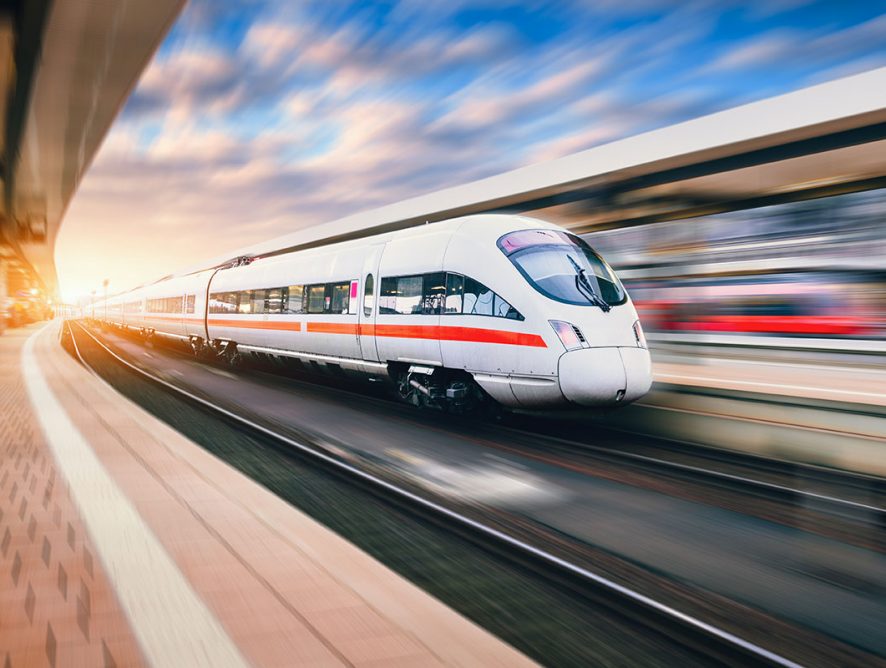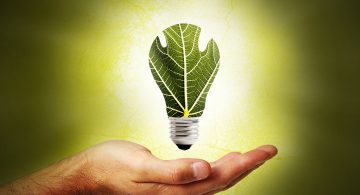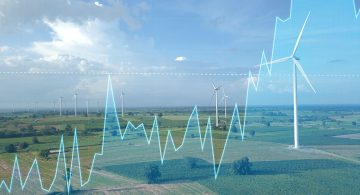Hydrogen train runs through Germany
The development of alternative energy transport has finally moved from hypothetical concepts to serial production. Thus, the hydrogen train CoradiaiLint was initiated in Germany. Transport was developed by specialists from the French company Alstom. Although the new development was put on rails only in September 2018, in fact it was produced much earlier – in 2016 and presented at the Berlin exhibition InnoTrans.
Hydrogen train runs through German cities
Today, the course of the new train runs through four small German cities. There are two hydrogen trains in total, each of them accommodates up to 300 passengers. Fuel cells generate electricity through a chemical reaction between hydrogen and oxygen. The generated energy is enough to run up to 1000 kilometers. The speed of the train is quite competitive – transport accelerates to about 140 km per hour.
The trial project was quite successful, so in the next 2 years 14 more such hydrogen trains will be initiated. With all the environmental benefits, the use of such transport will be expensive, but Alstom believes that the bills for the maintenance of filling stations will earn them keep due to the low cost maintenance. Thus, over time, when the technology is finally sharped and the infrastructure is adjusted, the cost of operating the hydrogen train will be equal to the diesel train.
This is not the first case of use of transport on hydrogen. In general, this approach is considered the technology of the future, but it is not without shortcomings. For example, Japan has already decided to switch to this type of fuel, about 800,000 cars on hydrogen engines should be initiated by 2030 there.

Indeed, H2 does not leave a carbon footprint and it is a much more environmentally friendly solution. Toyota Mirai produces about half a bucket of water for 100 kilometers functioning on this fuel, and that’s it. No harmful impurities, emissions into the atmosphere. However, the problem is that there are large deposits of gas and oil on our planet, but hydrogen is so easy not to get in pure form – it is present in compounds in the world. To get pure hydrogen fuel, these bonds need to be broken, which is spent much more energy than the result.
About half of the world’s hydrogen is produced using methane treatment. In this case, high temperatures are applied, causing methane to decompose into carbon monoxide and hydrogen. However, in this case it turns out not quite “clean” environmentally friendly fuel, so it is hardly possible to call this method a step into the future.
The second method is electrolysis, as a result of which only water and released energy is really produced. But to start the electrolysis reaction, energy is needed too, and if it will be received from a thermal power plant, it is also possible to speak about the environmental friendliness of such a method by a long stretch of the imagination.
Thus, it is difficult to say that hydrogen transport will become a big spread – in any case, until scientists find a way to produce pure electrical energy, without impurities and high costs.



